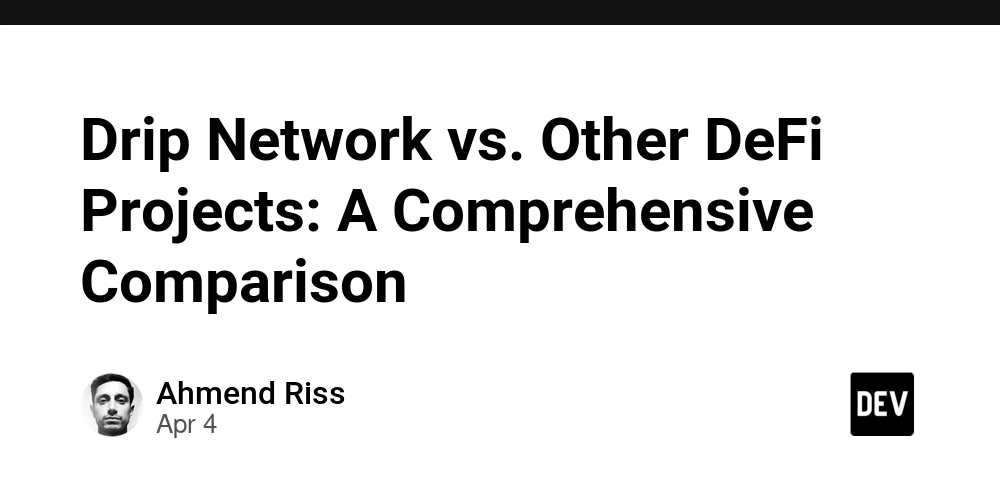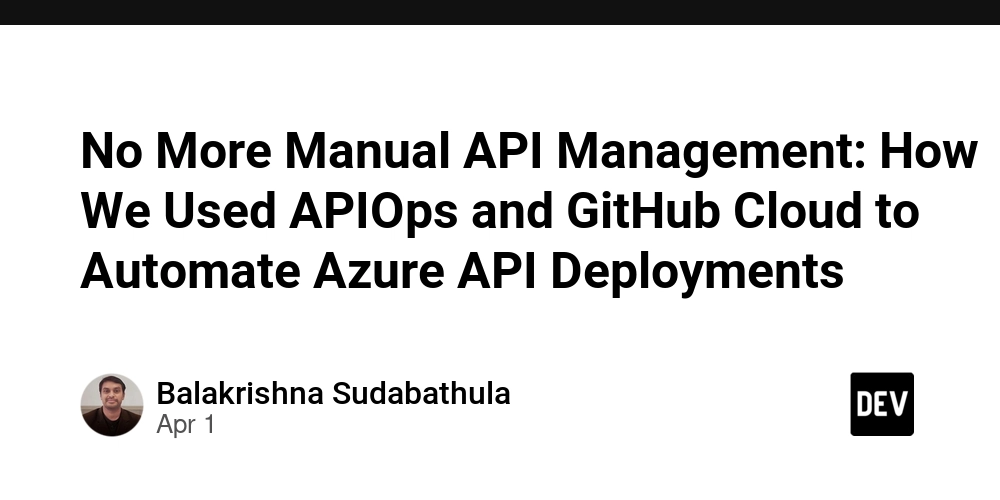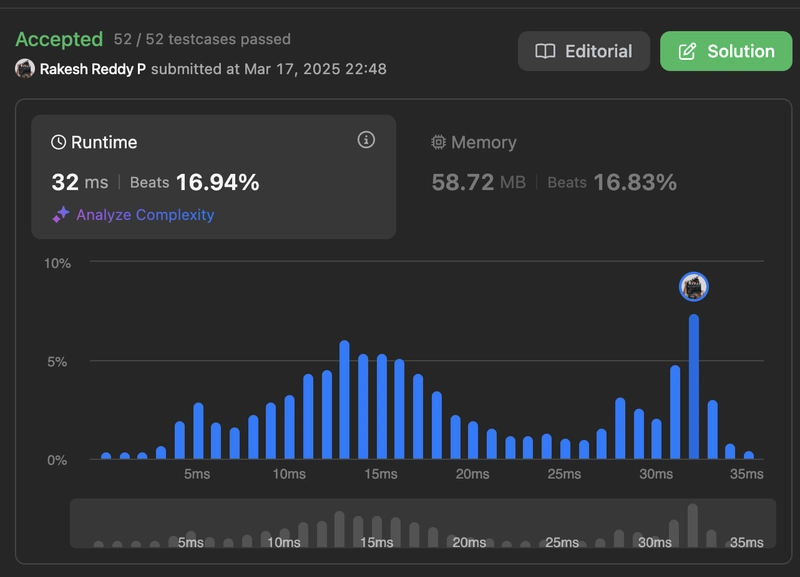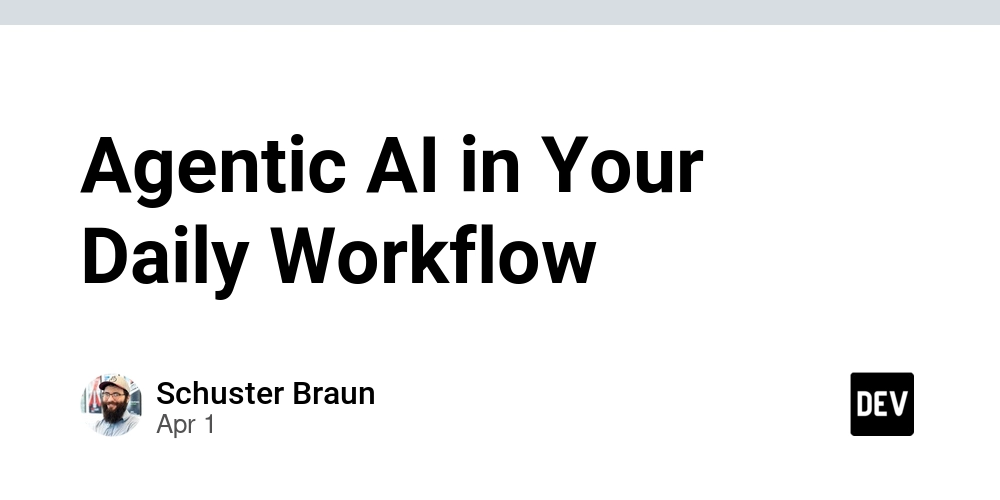Drip Network vs. Other DeFi Projects: A Comprehensive Comparison
Abstract: This post provides an in‐depth comparison between Drip Network and other major decentralized finance (DeFi) projects on the market. With a focus on functionality, tokenomics, community engagement, security, and future potential, we explore how these protocols operate and what sets them apart in the rapidly evolving landscape of blockchain-based finance. We also offer background context, practical applications, challenges, and future trends while incorporating additional perspectives drawn from related open-source funding models and blockchain interoperability initiatives. Key features include a detailed table comparing platform features and a bullet list summarizing core differences. For further insights into blockchain fundamentals and innovative DeFi protocols, please refer to related articles available on License Token and other authoritative sources. Introduction Decentralized finance is reshaping the financial ecosystem by moving power from traditional intermediaries to blockchain networks. As DeFi gains traction, platforms like Drip Network distinguish themselves with unique propositions such as simple staking, predictable returns, and community-oriented growth strategies. In this post, we explore how Drip Network compares with other frontrunners like Uniswap, Compound, and Aave. We dive into their core functionalities, tokenomics, community engagement, and emerging trends, ensuring a holistic understanding for both technical experts and newcomers to DeFi. Background and Context DeFi emerged as a response to the limitations of centralized financial platforms by leveraging blockchain technology and smart contracts. The pioneering concept of automated market makers (AMMs) as seen in Uniswap revolutionized token swaps, while projects like Compound and Aave introduced innovative lending models. Drip Network, operating on the Binance Smart Chain (BSC), focuses on a straightforward staking mechanism that promises a fixed return, making it especially appealing to long-term investors seeking passive income. The journey of DeFi has been marked by: Innovation in Tokenomics: Reward structures that promote long-term holding and liquidity. Decentralized Governance: Community-driven decision-making processes. Security Protocols: Continuous auditing of smart contracts to prevent vulnerabilities. Interoperability Trends: Initiatives such as Layer 2 integration and cross-chain bridges. For anyone new to this topic, learning about what is blockchain and smart contracts on blockchain is a solid starting point. Core Concepts and Features Drip Network's Unique Proposition Drip Network distinguishes itself with a very simple yet effective staking model. Investors can earn a stabilized return of roughly 1% per day through what the platform terms as "hydrating" (or reinvesting), which leverages compound interest strategies on the BSC. This high-yield model is underpinned by its native token, DRIP, designed with a limited supply, encouraging scarcity and long-term holding. Key aspects include: Staking Simplicity: Focused on a single asset staking mechanism. Predictable High Yields: Consistent daily returns. Community-Driven Growth: Uses an incentivized referral system. Tokenomics: Transaction taxes are reinvested to support liquidity pools. Comparisons with Other Leading Protocols While Drip Network is built on simplicity, other DeFi platforms offer more diversified financial instruments and governance models. Below is a comparative table summarizing key differentiators: Feature / Protocol Drip Network Uniswap Compound Aave Primary Function Staking & Passive Income Token Swap & AMM Lending/Borrowing and Interest Earn Lending/Borrowing with Flash Loans Tokenomics Limited supply, staking rewards, liquidity reinvestment Governance (UNI) and fee-sharing COMP rewards promote liquidity mining AAVE tokens provide governance, staking rewards, and security modules Community Engagement Education and referral systems UNI based governance Transparent, community-voted proposals Active community-driven upgrades Risk Management Simple design but common smart contract risks Robust audited protocols Over-collateralization, audits Liquidations, safety modules & bug bounties Future Roadmap Ecosystem expansion through DApps Layer 2 solutions (Optimism) Treasury innovations bridging to traditional finance Multi-chain expansion and diverse offerings Each of these platforms has developed unique incentive structures that cater to varying investor profiles, risk appetites, and financial goals. Additional Insights on Tokenomics and Governance Tokenomics plays a pivotal role in sustaining ecosystem growth. For example: Drip Network employs high-yield yields while discouraging frequent selling through transaction taxes. Uniswap empowers community governance through the UNI token, albeit with less direct staking rewards. Both

Abstract:
This post provides an in‐depth comparison between Drip Network and other major decentralized finance (DeFi) projects on the market. With a focus on functionality, tokenomics, community engagement, security, and future potential, we explore how these protocols operate and what sets them apart in the rapidly evolving landscape of blockchain-based finance. We also offer background context, practical applications, challenges, and future trends while incorporating additional perspectives drawn from related open-source funding models and blockchain interoperability initiatives. Key features include a detailed table comparing platform features and a bullet list summarizing core differences. For further insights into blockchain fundamentals and innovative DeFi protocols, please refer to related articles available on License Token and other authoritative sources.
Introduction
Decentralized finance is reshaping the financial ecosystem by moving power from traditional intermediaries to blockchain networks. As DeFi gains traction, platforms like Drip Network distinguish themselves with unique propositions such as simple staking, predictable returns, and community-oriented growth strategies. In this post, we explore how Drip Network compares with other frontrunners like Uniswap, Compound, and Aave. We dive into their core functionalities, tokenomics, community engagement, and emerging trends, ensuring a holistic understanding for both technical experts and newcomers to DeFi.
Background and Context
DeFi emerged as a response to the limitations of centralized financial platforms by leveraging blockchain technology and smart contracts. The pioneering concept of automated market makers (AMMs) as seen in Uniswap revolutionized token swaps, while projects like Compound and Aave introduced innovative lending models. Drip Network, operating on the Binance Smart Chain (BSC), focuses on a straightforward staking mechanism that promises a fixed return, making it especially appealing to long-term investors seeking passive income.
The journey of DeFi has been marked by:
- Innovation in Tokenomics: Reward structures that promote long-term holding and liquidity.
- Decentralized Governance: Community-driven decision-making processes.
- Security Protocols: Continuous auditing of smart contracts to prevent vulnerabilities.
- Interoperability Trends: Initiatives such as Layer 2 integration and cross-chain bridges.
For anyone new to this topic, learning about what is blockchain and smart contracts on blockchain is a solid starting point.
Core Concepts and Features
Drip Network's Unique Proposition
Drip Network distinguishes itself with a very simple yet effective staking model. Investors can earn a stabilized return of roughly 1% per day through what the platform terms as "hydrating" (or reinvesting), which leverages compound interest strategies on the BSC. This high-yield model is underpinned by its native token, DRIP, designed with a limited supply, encouraging scarcity and long-term holding. Key aspects include:
- Staking Simplicity: Focused on a single asset staking mechanism.
- Predictable High Yields: Consistent daily returns.
- Community-Driven Growth: Uses an incentivized referral system.
- Tokenomics: Transaction taxes are reinvested to support liquidity pools.
Comparisons with Other Leading Protocols
While Drip Network is built on simplicity, other DeFi platforms offer more diversified financial instruments and governance models. Below is a comparative table summarizing key differentiators:
| Feature / Protocol | Drip Network | Uniswap | Compound | Aave |
|---|---|---|---|---|
| Primary Function | Staking & Passive Income | Token Swap & AMM | Lending/Borrowing and Interest Earn | Lending/Borrowing with Flash Loans |
| Tokenomics | Limited supply, staking rewards, liquidity reinvestment | Governance (UNI) and fee-sharing | COMP rewards promote liquidity mining | AAVE tokens provide governance, staking rewards, and security modules |
| Community Engagement | Education and referral systems | UNI based governance | Transparent, community-voted proposals | Active community-driven upgrades |
| Risk Management | Simple design but common smart contract risks | Robust audited protocols | Over-collateralization, audits | Liquidations, safety modules & bug bounties |
| Future Roadmap | Ecosystem expansion through DApps | Layer 2 solutions (Optimism) | Treasury innovations bridging to traditional finance | Multi-chain expansion and diverse offerings |
Each of these platforms has developed unique incentive structures that cater to varying investor profiles, risk appetites, and financial goals.
Additional Insights on Tokenomics and Governance
Tokenomics plays a pivotal role in sustaining ecosystem growth. For example:
- Drip Network employs high-yield yields while discouraging frequent selling through transaction taxes.
- Uniswap empowers community governance through the UNI token, albeit with less direct staking rewards.
- Both Compound and Aave encourage liquidity creation and network security through rigorous risk management frameworks and token incentives.
The adoption of decentralized governance models not only improves transparency but also gives token holders a safety valve to influence protocol updates. These innovative governance practices are cited as a significant driver of DeFi’s rapid evolution.
Applications and Use Cases
DeFi platforms are now integral to various real-world financial use cases. Here are a few examples:
Passive Income Generation:
Drip Network’s straightforward staking mechanism allows users to accumulate wealth passively with minimal daily management. This model has attracted investors looking for a simple entry point into DeFi.Automated Market Making and Liquidity Provision:
Uniswap revolutionized trustless token exchanges where users provide liquidity and earn fees. Its proof-of-concept design has inspired countless other projects and decentralized exchanges.Decentralized Lending and Borrowing:
Compound and Aave allow users to lend assets to earn interest or borrow against collateral, thereby democratizing access to capital. Furthermore, features like Aave’s flash loans demonstrate the innovative potential of decentralized systems in providing high-impact financial services.
Additionally, projects such as drip-network-vs-other-de-fi-projects provide detailed walkthroughs comparing different protocols, contributing to a more informed community decision-making process.
Challenges and Limitations
While the DeFi landscape continues to innovate, it is not without challenges:
Security Concerns:
Despite regular audits, vulnerabilities in smart contracts can and do occur, exposing platforms to hacks. Platforms like Drip Network must continuously innovate in risk management while being transparent about potential risks.Regulatory Uncertainty:
Legal frameworks in many jurisdictions are still evolving around DeFi. The decentralized nature may complicate compliance measures, particularly for projects scaling rapidly or engaging in yield farming.Scalability Issues:
Increased network congestion can lead to higher transaction fees and slower processing times. Solutions like Layer 2 (already being explored by Uniswap) aim to address these issues, yet scalability remains a persistent challenge.User Experience and Adoption:
While some DeFi protocols offer robust security features, a steep learning curve often hinders mass adoption. Simplified user interfaces and educational resources—such as those offered by the Drip Network community—are essential to expand participation.Token Volatility:
The inherent volatility of cryptocurrencies means that even high-yield investment platforms are subject to market fluctuations. This risk is further amplified in ecosystems with limited regulation.
Future Outlook and Innovations
The future of DeFi is highly promising, marked by significant anticipated innovations:
Integration of Cross-Chain Bridges:
As projects like Aave and Compound explore multi-chain solutions, interoperability is set to increase. These developments will make it easier to transfer assets and liquidity between different blockchains.Enhanced Governance Models:
The trend towards decentralized governance continues to evolve. Protocols will likely adopt more sophisticated voting systems and reward structures, improving transparency and community participation.Expansion of Tokenomics Models:
Investors are watching for models that blend stable yields with innovative incentive mechanisms. Drip Network’s approach, which encourages long-term holding via controlled token supply and community reinvestment, may inspire further innovations.Layer 2 and Beyond:
Projects like Uniswap are already testing Layer 2 solutions to enhance scalability. Significant research and development in areas such as zero-knowledge proofs could further optimize transaction speed and privacy.Open-Source Funding and Developer Incentives:
Platforms that integrate community funding mechanisms, similar to initiatives discussed in articles like Charting the Future of DeFi and Unlocking the Synergy Between Open-Source and Blockchain, will drive innovation and encourage more developers to contribute to the ecosystem.
Practical Strategies: A Bullet List of Key Considerations for Investors
Conduct Research:
Ensure you read through documentation, whitepapers, and audits before engaging with any protocol.Diversify Investments:
Spread your assets across different platforms like Drip Network, Uniswap, Compound, and Aave to balance risk.Understand Tokenomics:
Evaluate the supply limitations, staking benefits, and incentive structures of each protocol.Stay Updated on Regulatory Changes:
Monitor regulatory developments and adjust your strategies accordingly.Engage in Community Governance:
Actively participate in voting and governance forums to have a say in protocol decisions.
Additional Developer and Open-Source Perspectives
Beyond traditional finance discussions, the integration of open-source funding models is also reshaping technology. Articles on open-source funding for community-driven innovation and navigating open-source licenses for blockchain projects provide insights into how collaborative models are being adopted in the DeFi space.
Other relevant perspectives include discussions on:
- Open-Source Licensing Challenges: Initiatives such as those covered in Unveiling the Bittorrent Open Source License highlight how innovative funding methods can support technological breakthroughs.
- Blockchain and Open-Source Synergies: Platforms like Drip Network showcase how open-source principles can bolster decentralized financial applications by fostering community robustness and clarity.
Summary
In summary, the rapidly evolving DeFi landscape brings numerous innovative platforms to the forefront. Drip Network stands out with its user-friendly staking model, high-yield incentives, and robust tokenomics, while established protocols like Uniswap, Compound, and Aave offer diversified functionality through advanced AMM models, lending/borrowing features, and unique governance systems.
Key takeaways include:
- Drip Network’s model serves investors seeking predictable, passive income, emphasizing long-term growth.
- Comparative advantages of platforms vary widely, from liquidity provision to advanced decentralized governance.
- Challenges such as security, scalability, and regulatory compliance remain common across DeFi.
- Future innovations will likely harness cross-chain interoperability, improved governance models, and open-source funding strategies to further democratize financial services.
For those looking to deepen their understanding of these trends, exploring related topics such as sustainable blockchain practices and blockchain and decentralized finance is highly recommended.
Finally, insights from the developer community—like those detailed in posts such as Charting the Future of DeFi and Unlocking the Synergy Between Open-Source and Blockchain—offer valuable perspectives on how community-driven governance and innovative tokenomics are likely to drive the next wave of DeFi advancements.
Conclusion
The Decentralized Finance (DeFi) sector remains one of the most dynamic and promising arenas in modern finance. With its unique staking model, robust tokenomics, and community engagement initiatives, Drip Network provides an alternative pathway for earning passive income compared to traditional DeFi stalwarts like Uniswap, Compound, and Aave. As the ecosystem continues to evolve—bolstered by cross-chain interoperability, enhanced security measures, and open-source funding models—the future looks bright for projects that successfully balance innovation with risk management.
Investors and developers alike are encouraged to keep abreast of these trends, participate in decentralized governance, and consider diversification across multiple platforms to mitigate risks. By leveraging both technical insights and community experiences from our curated resources, stakeholders can navigate the complex yet rewarding investment landscape of DeFi.
For further reading and to stay updated on the latest in blockchain and DeFi innovations, explore additional resources:
By embracing these technological advances and the collaborative spirit of open-source development—as highlighted in posts like Open-Source Funding for Community-Driven Innovation—you are well-equipped to partake in the future of decentralized financial innovation.
With clear technical insights and a community-focused tone, this comprehensive comparison aims to serve both newcomers and seasoned experts as they explore the interplay between DeFi protocols and open-source initiatives.










































































































































































![[The AI Show Episode 142]: ChatGPT’s New Image Generator, Studio Ghibli Craze and Backlash, Gemini 2.5, OpenAI Academy, 4o Updates, Vibe Marketing & xAI Acquires X](https://www.marketingaiinstitute.com/hubfs/ep%20142%20cover.png)



























































































































![[FREE EBOOKS] The Kubernetes Bible, The Ultimate Linux Shell Scripting Guide & Four More Best Selling Titles](https://www.javacodegeeks.com/wp-content/uploads/2012/12/jcg-logo.jpg)



![From drop-out to software architect with Jason Lengstorf [Podcast #167]](https://cdn.hashnode.com/res/hashnode/image/upload/v1743796461357/f3d19cd7-e6f5-4d7c-8bfc-eb974bc8da68.png?#)






































































































.png?#)




.jpg?#)
































_Christophe_Coat_Alamy.jpg?#)







































































































![Rapidus in Talks With Apple as It Accelerates Toward 2nm Chip Production [Report]](https://www.iclarified.com/images/news/96937/96937/96937-640.jpg)









































































































































